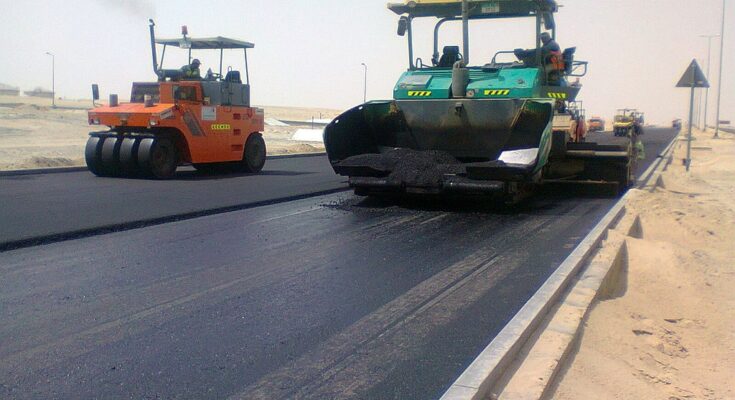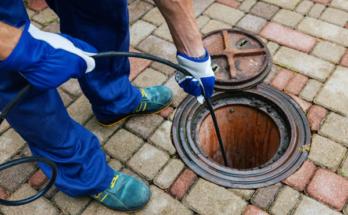Infrastructure is the backbone of any thriving economy and society. Roads are crucial in facilitating transportation, commerce, and connectivity among the various infrastructure components. Investing in effective maintenance strategies ensures that our road networks remain reliable and durable. One such strategy is the use of asphalt and bitumen road sealing.
Challenges faced by roads
Roads are constantly subjected to various stresses and environmental factors contributing to their deterioration over time. Sealing is crucial in preserving a road’s structural integrity by preventing moisture infiltration and shielding against UV degradation. This process helps minimise the occurrence of cracks, potholes, and other types of damage.
Role of road sealing
This is where road sealing comes into play. Asphalt and bitumen sealing involves applying a protective layer over the existing road surface to seal and shield it from damaging elements. This sealing layer is a barrier, preventing water, oils, and other substances from penetrating the underlying pavement structure. By sealing the surface, the overall integrity and durability of the road are significantly enhanced.
Extending road lifespan
The primary benefit of investing in northernhighwaysbitumenroad sealing is the extension of road lifespan. Sealed roads are better equipped to withstand traffic wear and tear and the effects of weather conditions. Bitumen sealing creates a barrier that effectively blocks water from seeping into the road surface, reducing the potential for water-induced damage. Studies have shown that regular sealing extends the life of a road by several years, delaying the need for costly repairs or complete reconstruction. This extended lifespan translates into significant cost savings for road authorities and taxpayers, as it reduces the frequency and extent of maintenance interventions.
Enhancing road safety
Sealed roads provide better traction and skid resistance, especially in wet weather conditions. The sealing process often involves the application of aggregates, such as fine gravel or sand, which creates a textured surface that enhances tyre grip and reduces the risk of skidding or hydroplaning. Sealed roads are less likely to develop potholes, cracks, or other surface irregularities that harm vehicles and pedestrians. By maintaining a smooth and even surface, sealed roads minimise the chances of accidents caused by road defects, promoting safer driving conditions for all users.
Reducing maintenance costs
Asphalt and bitumen road sealing is a cost-effective maintenance strategy compared to more extensive repair or reconstruction projects. By proactively sealing roads regularly, road authorities prevent minor issues from escalating into more significant, more expensive problems. Sealing acts as a preventive measure, minimising the need for frequent repairs and extending the time between considerable rehabilitation works. The cost of sealing a road is significantly lower than the cost of repairing or reconstructing a severely damaged road. By allocating resources towards timely sealing, road authorities optimise their maintenance budgets and ensure the most efficient use of funds.
Minimising disruptions
Sealing operations often be completed quickly, requiring only partial lane closures or off-peak hour work. This means the impact on traffic congestion and road user inconvenience is significantly reduced compared to more extensive repair or reconstruction projects. By minimising disruptions, road sealing allows for the smooth functioning of transportation networks, ensuring that people and goods move efficiently. This is particularly important for busy urban areas or critical transportation corridors where prolonged road closures have significant economic and social consequences.




